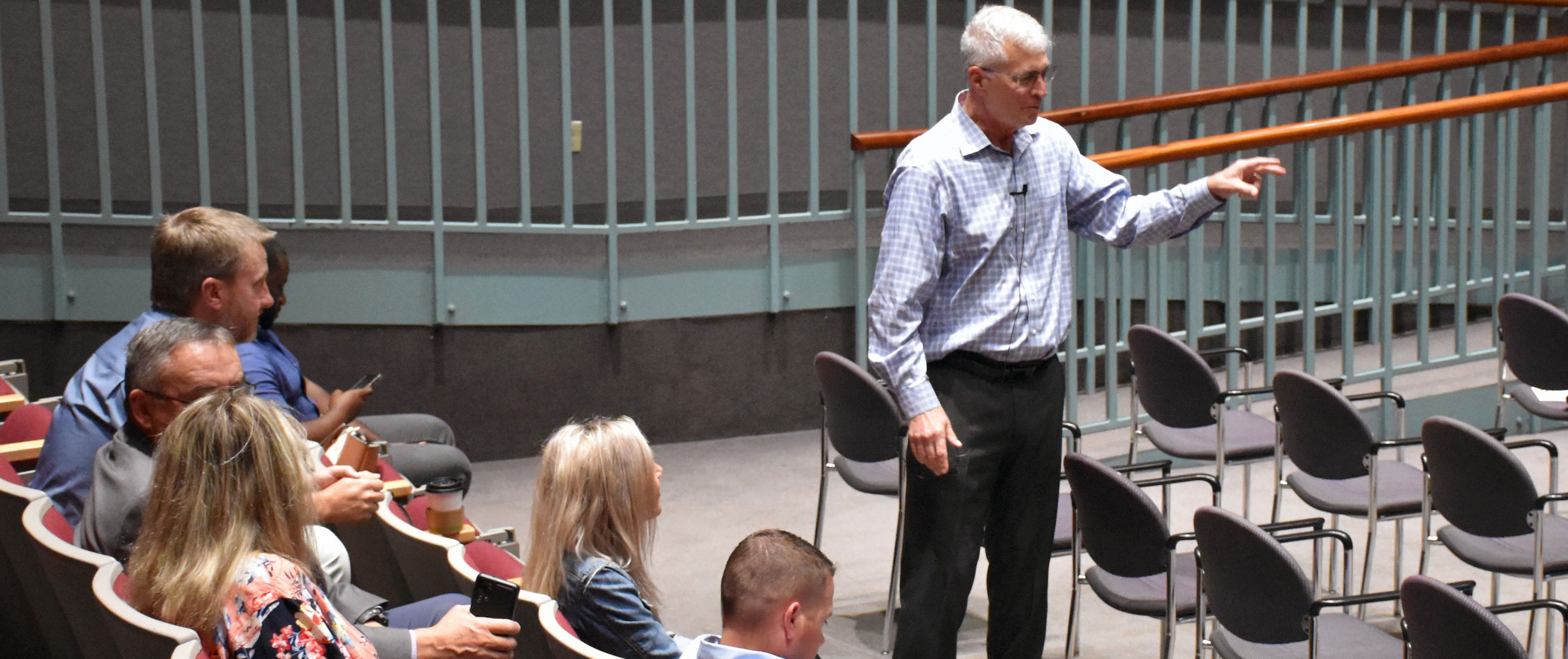(EHAC) Early Heart Attack Care- The power of an idea whose time has come
For the past four years I have had the privilege of sitting on the Board of the Society of Cardiovascular Patient Care. A major goal of this organization is to certify hospitals nationally and internationally for chest pain, heart failure, and atrial fibrillation. To date over 1100 hospitals have received certification in the United States in one or all of those categories– and the number continues to grow rapidly.
But in addition to certification, the Society has been taking proactive steps to improve one of the most disturbing statistics in cardiovascular care today: Despite our advances in acute inpatient cardiac care, and despite our declining STEMI times, over 50% of heart attack patients still die before reaching the appropriate emergency care in the first place.
One of the founding physicians of the Society, and fellow Board member, Dr. Raymond Bahr, a cardiologist in Baltimore, offers a solution to this lingering problem. “In some ways we are now barking up the wrong tree”, he states. “We need to develop a better way of community involvement and responsibility in order to bring the cardiac patient into the system before the myocardial infarction, and possibly prevent the event in the first place”.
Hence the EHAC (Emergency Heart Attack Care) program.
Dr. Bahr’s goal is to “deputize” as many of the public as possible into this program. EHAC is not just a simple public awareness initiative; it goes far beyond that.
“Heart attacks have beginnings in over 50% of patients”, says Dr. Bahr. The educational piece of EHAC is focused around learning and recognizing these nine basic early symptoms. But the program goes further. The intent is not just to simply increase individual knowledge of the early onset of cardiac disease. EHAC challenges the participants to “spread the word and go deeper into the community” by learning this material not only for themselves, but to share that information with those around them, “converting the enablers into care givers”, as Dr. Bahr states. The final piece of EHAC is to encourage direct intervention. If a person exhibits these signs of impending cardiac disease, the EHAC program requires the “deputies” to pledge to immediately access the emergency system.
EHAC is not just about symptom awareness of an early heart attack, additionally addresses four stumbling blocks that prevent the person from being recognized as a patient.
- Patient Denial when the symptoms are mild
- Bystander reluctance because of being busy
- Paramedic reluctance because the patient does not look sick enough
- Hospital acceptance and high priority not given to less acutely ill patients*
*EHAC teaches a new acronym for such patients: “TUFCIE” stands for “Thank you for coming in Early”
The EHAC “deputies” commit to three steps:
- Learn and recognize the early signs and symptoms of a heart attack
- Share EHAC with others
- Take the pledge to be part of a movement that saves lives
This is no small initiative. Already EHAC has over 400,000 “deputies” across the country. Dr. Bahr’s goal is to double that number in the next two years. He envisions the entire county having greater awareness and recognition of early heart disease and the ability to intervene to get that patient into the appropriate emergency system. He affirms, “We have only begun. EHAC demonstrates the power of an idea whose time has come.”
As physicians and health care folks, we need to support and encourage this type of program. We need to start making a dent into those 50% of heart attack patients that never access appropriate treatment facilities until it is too late. We should all be “deputies” in EHAC, and spread the word to family, friends and community.
I am enormously proud of the work that the Society of Cardiovascular Patient Care is doing in this much-needed area. The Society’s ultimate goal is to eliminate cardiovascular disease. We must all be a part of this effort.
By the way, the annual Congress of the Society of Cardiovascular Patient Care will be in San Antonio next month. There will be a wide array of nationally recognized experts discussion all aspects of acute cardiac intervention. This Congress is a must-attend for all cardiovascular stakeholders.
Be there !!




